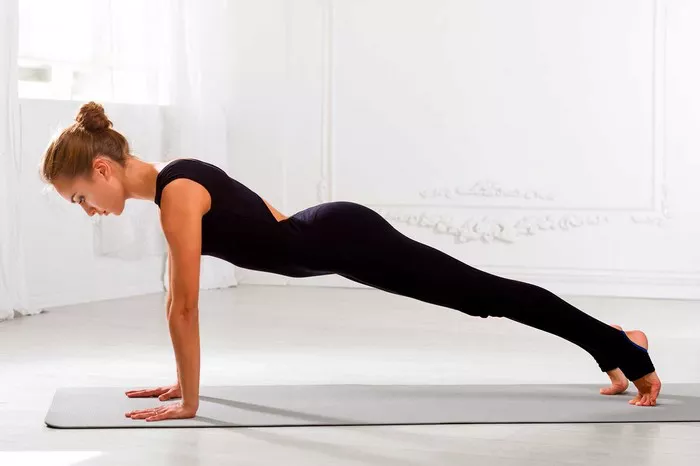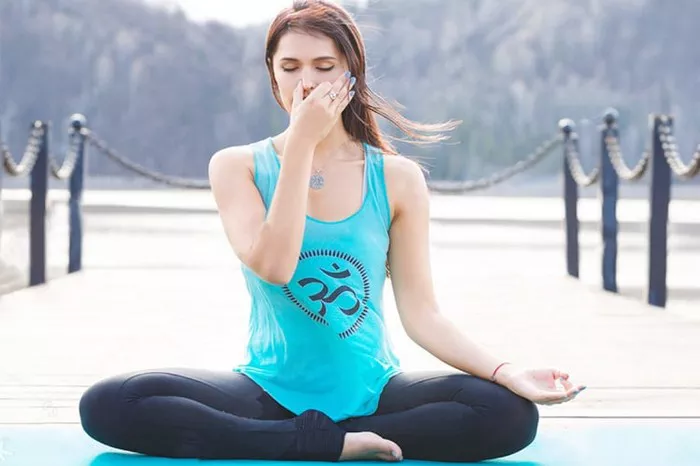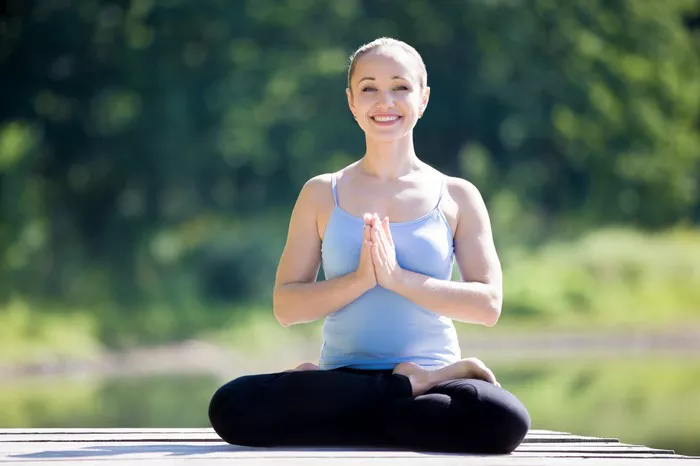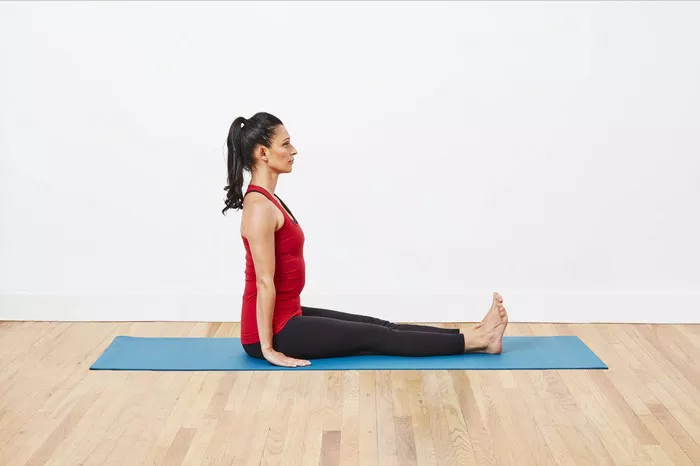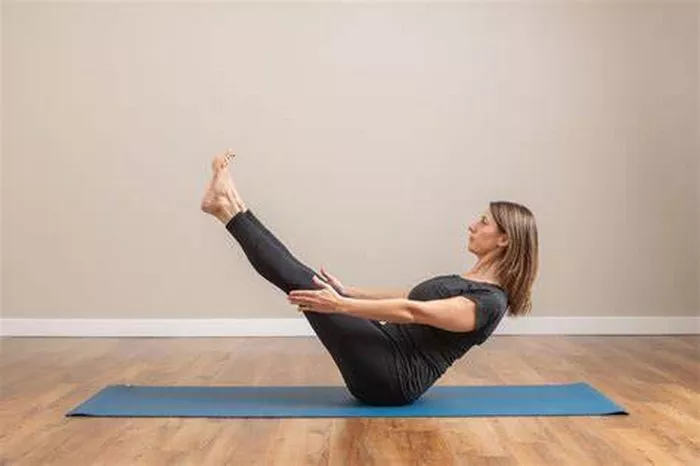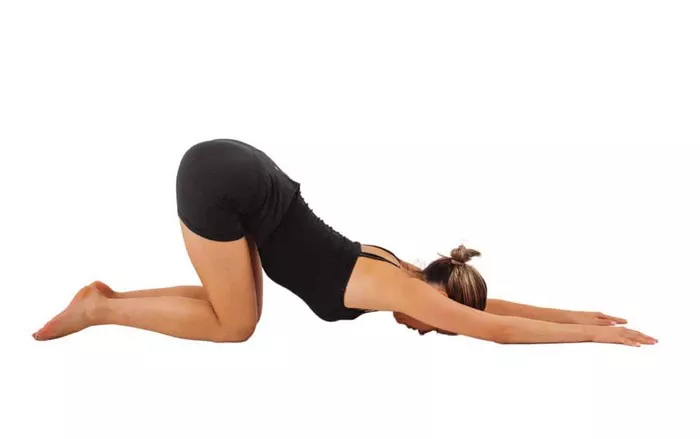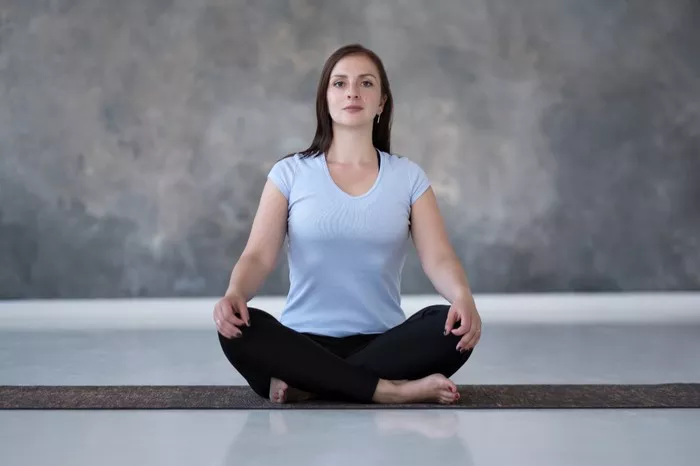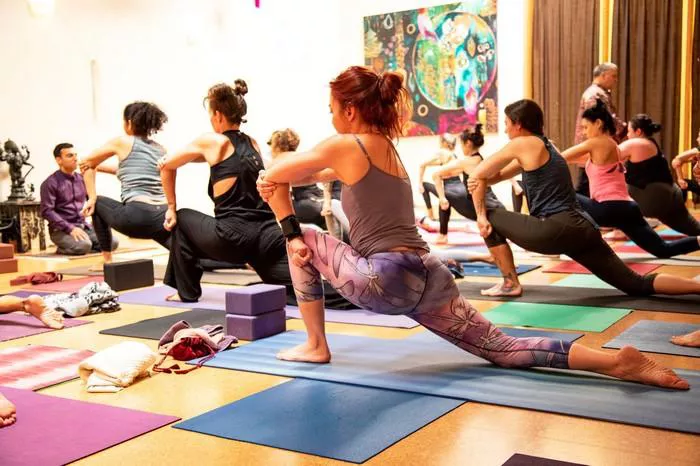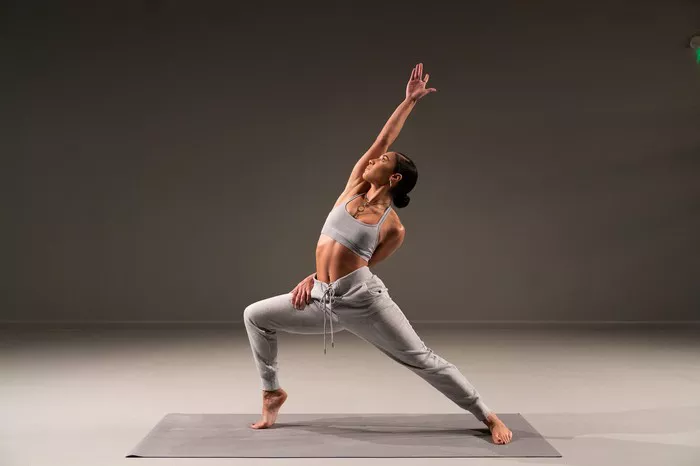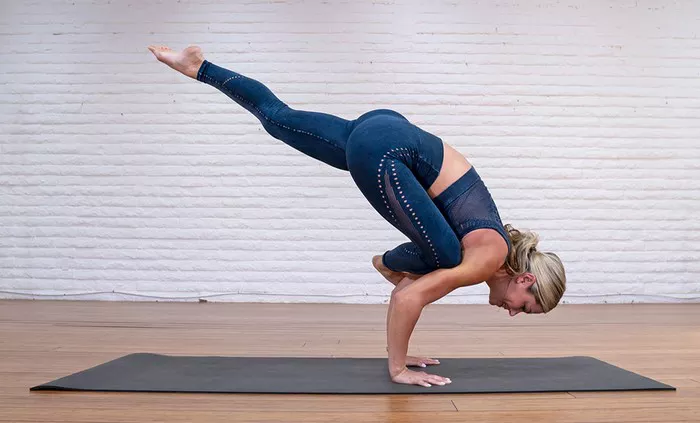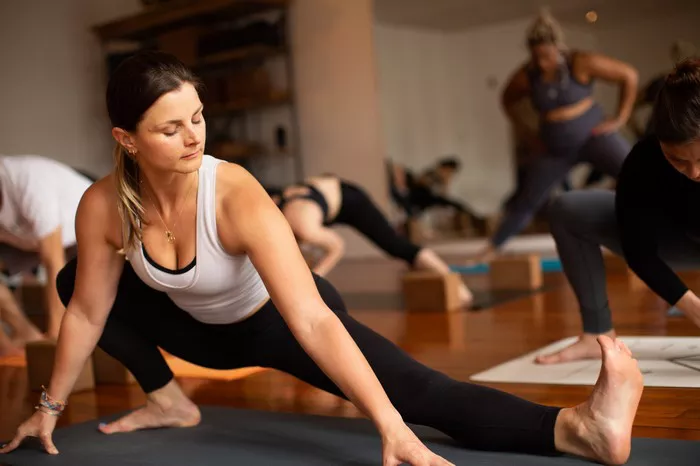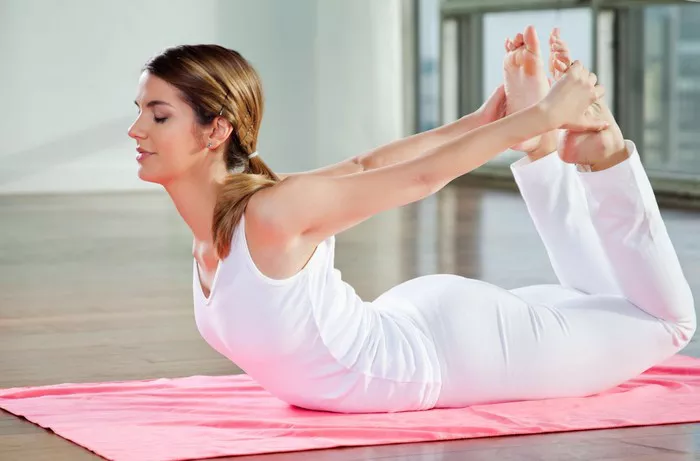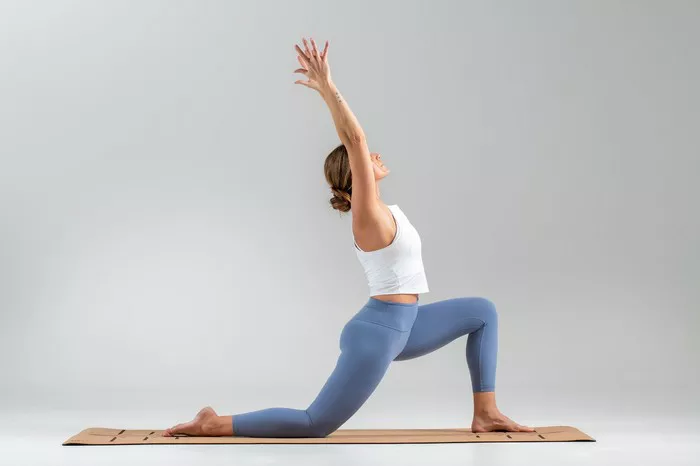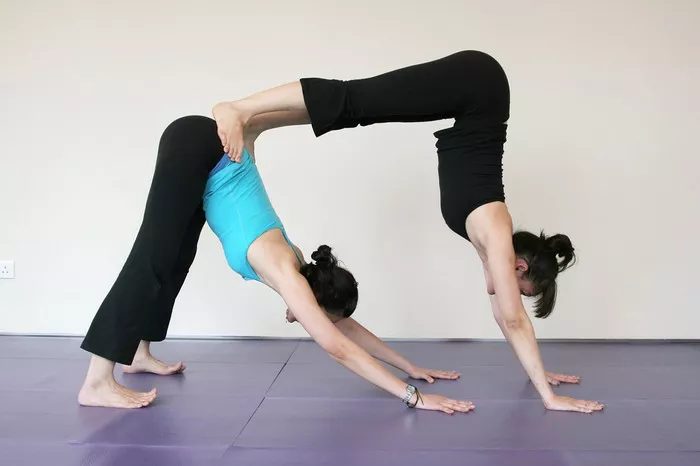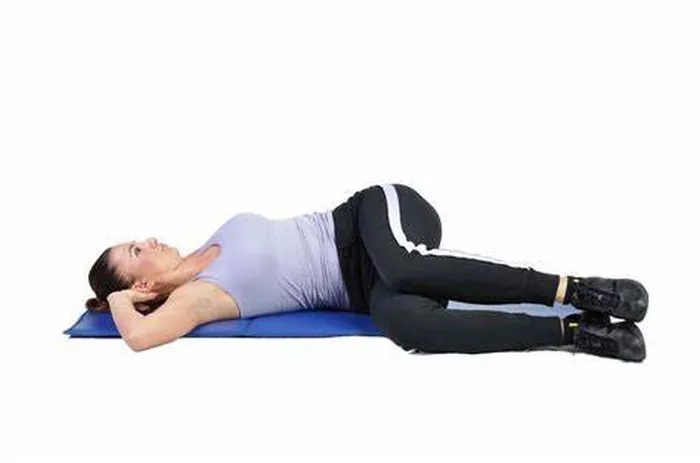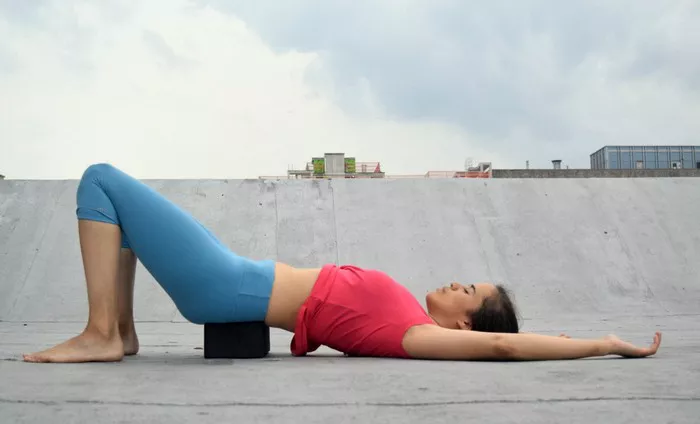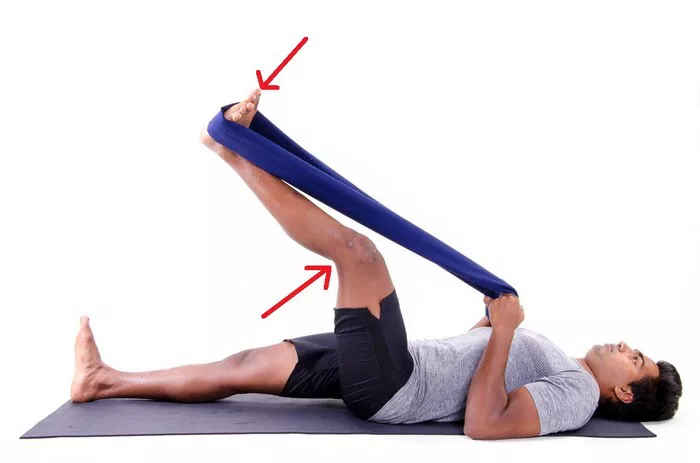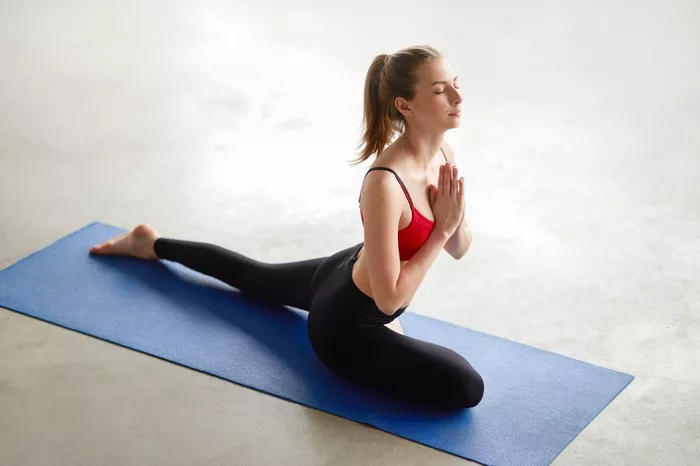Yoga blankets are versatile props often used in yoga classes for added support, comfort, and alignment. Typically made of cotton, wool, or synthetic blends, these blankets provide cushioning for sensitive areas, such as knees, spine, and wrists. While their usage may seem optional at first glance, yoga blankets can play a significant role in enhancing your practice, especially for beginners who need more physical support and guidance through proper alignment.
They are not ordinary blankets. Their sturdier fabric and larger dimensions are designed to withstand regular use and accommodate a variety of poses. Unlike household throws or comforters, yoga blankets are crafted with functionality in mind, allowing for precise folding and durability. As a beginner, investing in the right yoga tools, including blankets, sets the foundation for a safe and enjoyable journey.
How Yoga Blankets Support Your Practice
Yoga blankets can serve multiple functions during practice. They can act as cushions, bolster replacements, or even as mats in certain restorative or gentle practices. One of the most immediate benefits is the ability to use the blanket as a knee or elbow pad during weight-bearing poses. This reduces joint strain and enhances comfort.
Additionally, they can be folded and placed under the hips during seated poses to help maintain a straight spine. In Savasana, or corpse pose, a blanket can be used to cover the body for warmth and relaxation. For those practicing restorative yoga, blankets offer crucial support when folded into various shapes, helping to hold poses passively for longer durations with ease.
Benefits of Using Yoga Blankets for Beginners
If you’re just beginning your yoga journey, yoga blankets can provide a number of important benefits:
- Enhanced Comfort: Beginners often find yoga poses physically demanding. A yoga blanket adds a layer of comfort, reducing the pressure on bones and joints.
- Improved Alignment: When folded or rolled, blankets can act as props to help maintain better posture and alignment.
- Support and Modifications: For those with limited flexibility or injuries, blankets offer valuable support and enable pose modifications.
- Warmth and Relaxation: In the final stages of a class, a yoga blanket provides warmth and helps promote deep relaxation.
These benefits not only reduce the risk of injury but also help foster a positive, sustainable practice that encourages consistency and growth over time.
Common Ways to Use a Yoga Blanket
Yoga blankets are incredibly adaptable. Here are some common ways beginners and experienced yogis alike incorporate them into their sessions:
- Knee Cushioning: Fold the blanket and place it under your knees during poses like Cat-Cow or Low Lunge.
- Hip Elevation: Sit on a folded blanket during forward folds or seated meditations to keep the spine elongated.
- Neck Support: Roll the blanket and place it under the neck during Savasana or other reclining poses.
- Shoulderstand Support: Folded blankets under the shoulders can protect the neck during inversions.
- Restorative Setups: Use one or more blankets as bolsters for gentle, restorative poses.
This variety of uses highlights the blanket’s utility and importance, making it a smart addition to any beginner’s toolkit.
Materials and Types of Yoga Blankets
Not all yoga blankets are created equal. The material and make significantly influence their performance, durability, and comfort. Here are the most common types of yoga blankets:
- Cotton Blankets: These are breathable, relatively firm, and easy to wash. They fold well and offer moderate cushioning.
- Wool Blankets: Known for their warmth and weight, wool blankets are often preferred in colder climates or for restorative practices.
- Acrylic or Synthetic Blends: These tend to be more affordable and come in vibrant colors, though they may lack the durability or eco-friendliness of natural fibers.
When choosing a yoga blanket, consider factors such as texture, thickness, foldability, and ease of maintenance. Try to find one that suits both your practice needs and personal preferences.
Should You Invest in a Yoga Blanket?
The decision to purchase a yoga blanket ultimately depends on your commitment to the practice and your specific needs. If you’re attending classes regularly or practicing at home, a yoga blanket can provide comfort, support, and versatility that elevate your experience. Unlike one-dimensional props, a good-quality yoga blanket adapts to different styles and body types.
For beginners, especially those who may not have all the gear yet, a yoga blanket is often a more affordable and multipurpose alternative to buying multiple props. It can replace bolsters, cushions, and sometimes even yoga blocks in certain configurations. From a value standpoint, this makes yoga blankets a wise investment.
Budget Considerations for Beginners
Yoga blankets are generally more affordable than many other yoga props. Prices typically range from $20 to $60 depending on material and brand. While it may be tempting to opt for a cheaper blanket or use a household substitute, these options usually lack the necessary firmness and stability.
High-quality yoga blankets are durable and can last for years, offering excellent return on investment. Consider your budget and the frequency of your practice when deciding. It might be worth spending a little more upfront for a product that will serve you well over time, rather than replacing a subpar option later.
Yoga Blankets vs. Other Props
It’s helpful to compare yoga blankets to other common yoga props to understand their unique advantages:
- Yoga Blocks: Excellent for support and elevation in standing poses, but not as versatile for cushioning or warmth.
- Yoga Bolsters: Provide superior support in restorative poses but are bulkier and more expensive.
- Straps: Help with flexibility and extension but don’t offer comfort or cushioning.
Yoga blankets bridge the gap between multiple tools. Their foldability and varied uses make them a hybrid option, especially useful for those just starting out or practicing at home with limited space and budget.
Choosing the Right Yoga Blanket
When shopping for a yoga blanket, consider the following tips to ensure you get the best fit for your needs:
- Material: Opt for natural fibers like cotton or wool if you prefer eco-friendly and breathable options.
- Size: Standard yoga blankets measure around 60″ x 80″. Ensure the size accommodates your body for reclining or seated positions.
- Thickness: Look for medium-thick options that are soft yet supportive.
- Maintenance: Choose a blanket that is machine washable or easy to clean.
- Color and Design: While aesthetic isn’t everything, having a color you love can make your practice feel more personal and inviting.
Reading product reviews and comparing brands can also help you make an informed decision, especially if you’re buying online.
How to Care for Your Yoga Blanket
Proper care will extend the life of your yoga blanket and keep it looking and feeling great. Here are some care guidelines:
- Washing: Follow manufacturer instructions. Cotton blankets can usually be machine-washed, while wool may require dry cleaning or gentle hand washing.
- Drying: Air-dry when possible to preserve shape and texture. Tumble drying may cause shrinkage or wear over time.
- Storage: Store in a dry, cool place. Avoid prolonged exposure to direct sunlight.
- Usage: Rotate usage sides to maintain even wear. Regularly shake out dust and debris.
Maintaining your yoga blanket ensures it remains a reliable and comforting companion in your practice for years to come.
Conclusion
So, are yoga blankets worth it? For beginners and seasoned yogis alike, the answer is a resounding yes. With their affordability, versatility, and the depth of support they offer, yoga blankets can dramatically enhance both comfort and alignment in your practice. Whether you’re attending classes, practicing at home, or exploring restorative yoga, a quality yoga blanket is a simple yet powerful addition to your toolkit.
By investing in a yoga blanket, you’re not just buying a prop; you’re creating space for a safer, more adaptable, and enjoyable practice. The flexibility of use, coupled with long-term durability, makes this an excellent starting point for anyone serious about integrating yoga into their lifestyle.
FAQs
1. Can I use a regular blanket instead of a yoga blanket?
Yes, but household blankets usually lack the firmness and structure needed for support in yoga poses. Yoga blankets are designed specifically for folding and maintaining shape under pressure.
2. Do I need a yoga blanket if I already have a yoga mat and blocks?
While mats and blocks are essential, a yoga blanket adds another dimension of comfort and versatility. It can serve as a cushion, bolster, or support in ways other props cannot.
3. How many yoga blankets should I own?
One is typically enough for beginners. However, restorative practices or advanced setups may require two or more for optimal support.
4. Are yoga blankets suitable for hot yoga?
Generally, no. Yoga blankets are better suited for restorative, gentle, or traditional hatha classes. In hot yoga, towels and mats with better grip are preferred.
5. What is the best brand of yoga blankets?
Popular and reputable brands include Manduka, YogaAccessories, and Hugger Mugger. Choose based on material preference, budget, and user reviews.
Related Topics:

